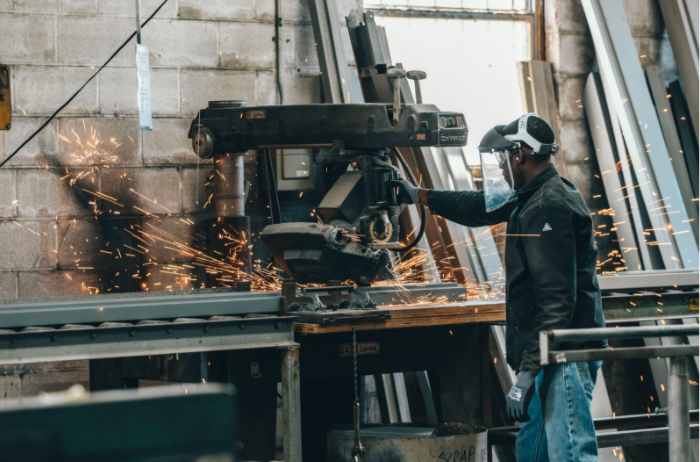Manufacturing activity slowed down in January as a result of COVID-19 infection outbreaks. The Institute for Supply Management (ISM) revealed that the index of national factory activity dropped to a reading of about 57.6 in January, down from December’s reading of 58.8. This is the lowest recording reading since November 2020. This new data also seems to confirm economists’ opinion that the economy will experience a slow down in the first few months of the year.
While this reading is the lowest recorded reading in 14 months, the reading isn’t necessarily a terrible one. Any reading above a 50 indicates that there is expansion in manufacturing, which is a good thing. Therefore, while this reading has lowered, the manufacturing sector is still expanding and growing.
Economists believe that the economy will slow down for the first few months of the year. This will also likely mean that hiring will slow down in January and possibly even in the first three months — especially after December’s job hirings slowed down. Consumer demand may remain high in certain areas — in certain industries or for certain goods — but many economists believe that most consumers will not splurge on large or expensive items any time soon.
This leads many analysts to also believe that businesses will take this time to build up their inventory, which may have been depleted during the winter holidays, to ensure that they have enough stock for the year to come. This building up in inventory will likely be the only main movement and growth when it comes to the economy, as a result.
When it comes to manufacturing, job hires may therefore continue to negatively impact business activity. According to this new survey and report, manufacturing slowed down in January for a variety of reasons, though the ongoing COVID-19 pandemic is likely one of the biggest factors. The highly contagious Omicron variant has left many businesses with workers calling out, limiting the production that they can do — this likely left many manufacturing businesses in the same position.
However, there are positive signs that this latest surge of COVID-19 infections is slowing down, which will help businesses and likely manufacturing growth. The fewer people calling out of work because they are sick, the more work that can be done in a timely manner.
Jobs in manufacturing, however, did increase last month. Factories hired more workers and manufacturing employment even reached a ten-month high. This could be good news for those in manufacturing. If the only thing really holding factories back is the constant spread of the COVID-19 virus, then the slowing down of infections will surely help many factories increase production once again.
Of course, if the economy as a whole, as well as consumer demand, is slowing down, then this will still be represented in manufacturing activity. However, even if the economy slows down for the first few months of the year, many economists believe that a resurgence of sorts will occur in the spring and summer. This means that manufacturing activity may slow down for the next few months, but pick up again soon.
